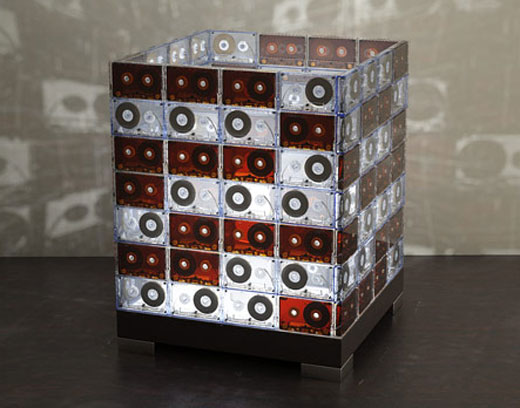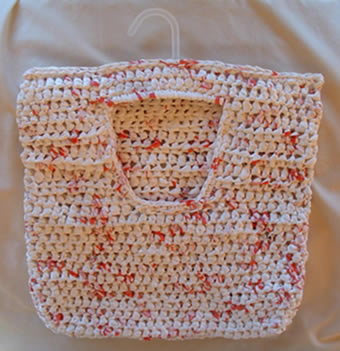
Okay so this is a bit more girly – but it was fun making it….
I definitely fall into the category of New Zealander who has OBVIOUSLY descended from a Scottish background. Â Fair, pale, glowing and ghostly have all been words used to describe my complexion. Â Sick of being constantly asked if I was, uh…sick, I realised blusher really helps. Â But I hate spending money on make up, and wanted to make my own – without having to pinch my cheeks constantly.
So – Ms Josephine Fairley stepped forward with a solution. (Okay, well she wrote a few books about natural skin care – we haven’t actually met or communicated in any way, shape or form.) Â She also has a column that I stole this from at http://www.wealdentimes.co.uk/health&beauty/beauty/wt84_beauty_own-cosmetics.asp
Beetroot and Glycerine Cheek and Lip Tint
You’ll need:
45g raw beetroot, grated
3 tablespoons vegetable glycerineTo make:
Put beetroot and glycerine in the top of a bain marie (double boiler). Heat gently for 15 minutes, cool, then strain into a small jug. Pour into a sealable container. Shake before use, then apply a dab on to your cheeks, blending well. Try smooshing it on your lips, too (it tastes delicious!).
I like to brag about my luck with this, because I just happened to be growing my own beetroot this summer – so it’s my home made, home grown beauty product. Â I got vegetable glycerine from Homestead Health in Wellington, but it is readily available at health shops and most chemists. Â I just asked at the counter and they poured me a bottle – I think it was $6 for 200ml, enough to make this several times over – not that I think I’ll need to, as a little goes a long way.
Libby


 As a big fan of summer salads, I’ve been enjoying my own salad greens grown literally on the door step!
As a big fan of summer salads, I’ve been enjoying my own salad greens grown literally on the door step! So give it a try – all they need is some sun, water and eating!
So give it a try – all they need is some sun, water and eating!






 Hmm, these claim to be the greenest of green hangers…
Hmm, these claim to be the greenest of green hangers…  Or why not recycle an existing coat hanger into a peg bag?
Or why not recycle an existing coat hanger into a peg bag?  or
or 